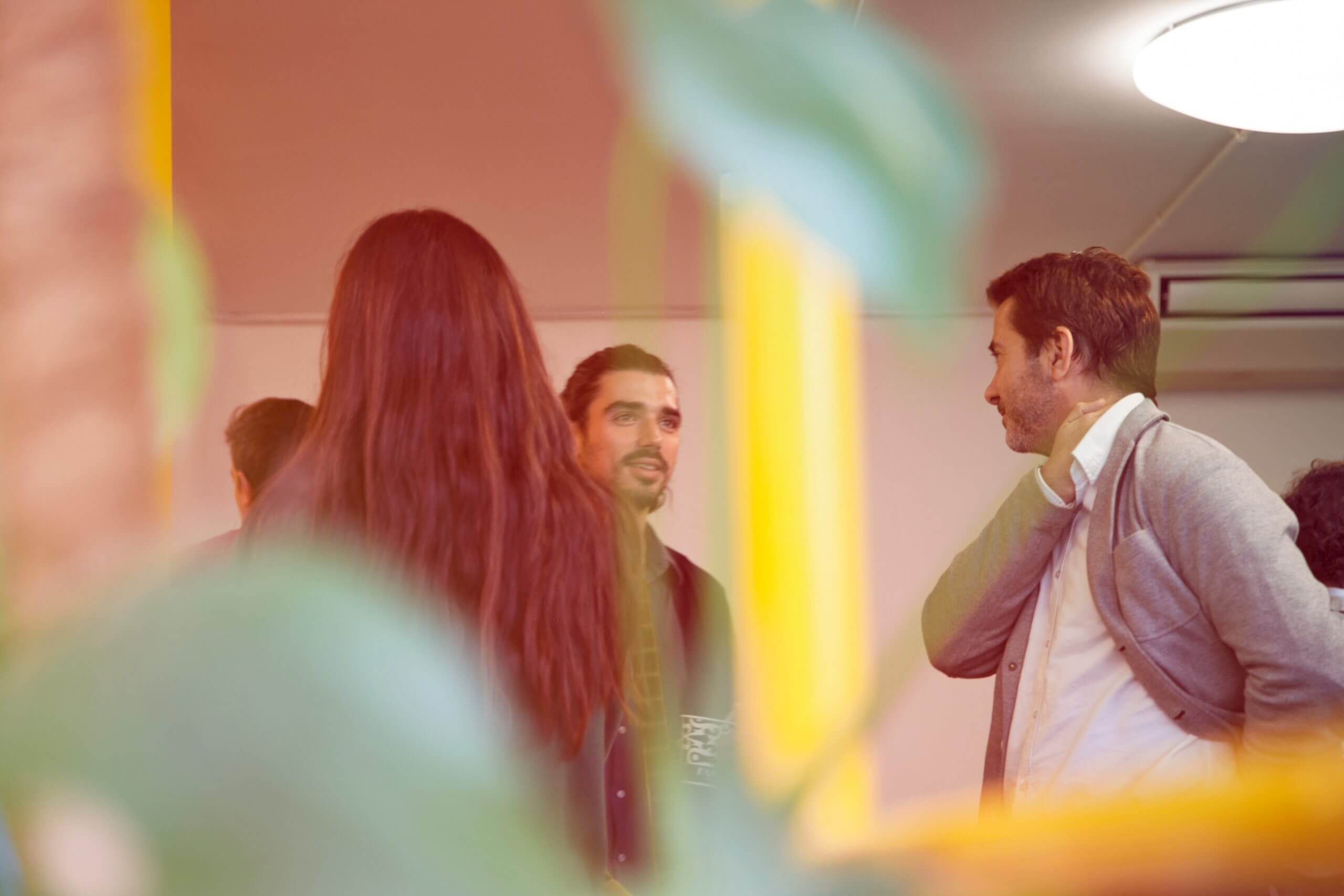For your career progression, it is of big importance to put into action what you’ve learned in the classroom as soon as possible. Therefore what you can after receiving your certificate is to start a project to gain practical experience. This is the fastest way to leverage your Optness certification and differentiate from others.
[toc depth=”1″ title=”Post Content:” title_tag=”strong”]
Find your first Six Sigma project
Starting a Six Sigma project with no experience can be difficult if you don’t have any cases on your portfolio or strong ties inside an organization. Adding to that most companies will not let you do that because of the lack of credentials and proves. Probably you have to do some pro bono work, and the best way to do that is to do community involvement.
Volunteer in a local ONG or Community Service Organization
Find a non-profit organization
For instance, start a project by partnering with local nonprofits, charities, companies, government offices, or even your own school. All you need is to walk into those organizations, introduce yourself, and offer assistance to help as a volunteer. If you don’t know an organization lookup online.
- Start volunteering
After starting the volunteer job, do the normal volunteer tasks for a little bit, understand how things work, ask questions. Talk to the project manager to see if there is any problem unsolved. See if this is something you can apply to Six Sigma. Maybe you can scope it and reframe it for them by applying the tools.
- Find points of improvements
As you work closely with the leadership at that point where you can kind of introduce the next level of partnership by saying something like this: “Hey, you know I’m going to this business school. I’ve been exposed to this type of training. I have these tools. I really want to use those and I think I can use those in this type of project food spoilage or whatever problem it is”. And see if they say okay. It is an important thing to understand is that you can’t just approach a non-profit and offer your skills. They need to know you first and this takes time.
- Starting a Project
After they agreed to your proposal there are some questions you need to ask like:
- Is it possible to have a small little team with more experienced people?
- What is the problem we’re trying to solve?
- Is it something more specific like logistics, supplier, or accountability?
- Is there any waste that you think we could improve?
In a food bank organization you could ask things like: Is it Food spoilage? Okay, what type of food spoilage? How much are we spoiling? Is that spoiling going up? Is it all vegetables and what is the reason for it?
And there you see that maybe vegetables and things are coming and they don’t have a good place to store or things are not done in the right way. Maybe certain vendors are dropping in foods that have expiration dates that are accelerated, they need to be going to the front of the line to distribute all sorts of things.
What you should be doing is sitting there collaborating with that group of people, understanding what that problem is, documented in your project templates, facilitating it, leading it, tracking that data, and designing a solution.
It may work, it most likely won’t. If this happens it will need to be redesign until you get it right. Once you get it, you can close the project.
This type of experience counts a lot for recruiters in interviews, it is very worthwhile to do this type of project.





